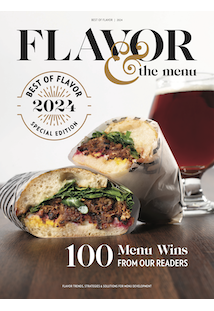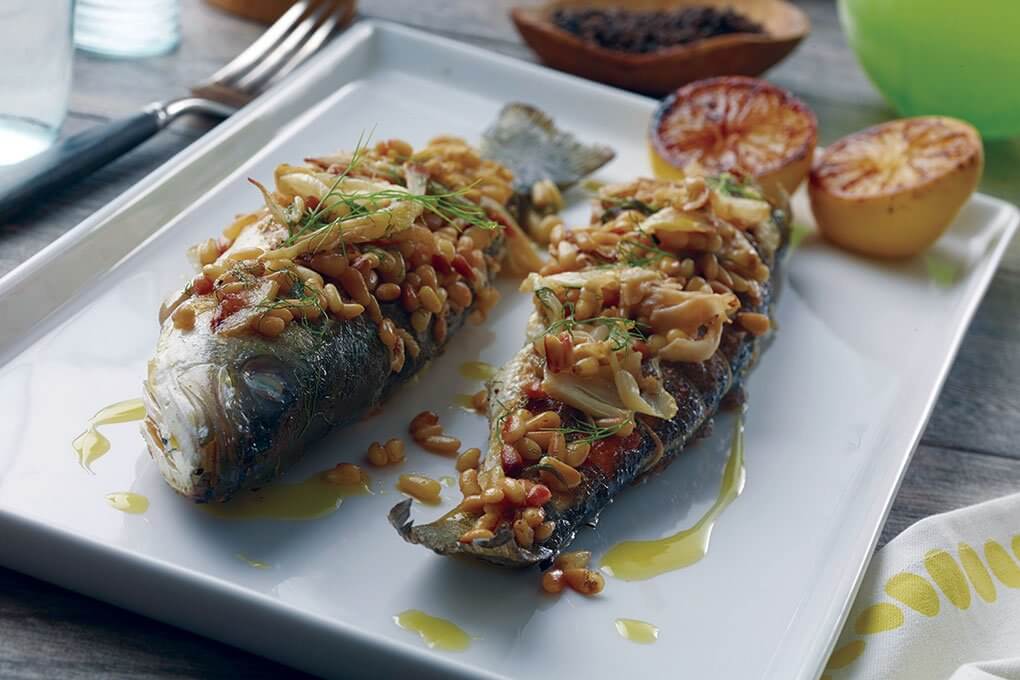Ideal Fish and RAS
A major story behind Ideal Fish’s branzino is the company’s state-of-the-art recirculating aquaculture system (RAS) in which these finfish—also called European Sea Bass—are farmed in a repurposed button factory in Waterbury, Conn.
While Ideal Fish is first to commercially farm branzino in the United States, land-based RASs have been used here for decades by pioneers Australis Aquaculture to farm barramundi in Massachusetts and Blue Ridge Aquaculture to farm tilapia in Virginia. European companies who’ve used RAS successfully farm Atlantic salmon are now building operations from Maine to Florida to meet the growing demand for salmon here.
These closed systems protect the fish from external pathogens and pollutants, making antibiotics, growth hormones and other additives unnecessary. Water used in a RAS is filtered and reused, a process that minimizes wastewater discharge that could affect the local ecology.
In Ideal Fish’s case, the process starts with fingerlings acquired from a hatchery in France which are kept in a quarantined nursery for a couple of months to ensure they’re healthy. The fish are then transferred to the 12-tank facility where they mature to a marketable size. Once they’re roughly a pound, the fish spend 10 days in pristine saltwater to ensure fresh-tasting flesh, before they’re harvested and shipped to customers. The company claims its branzino reach restaurant kitchens all over the northeast within 24 hours of being harvested. And they can prove that point as every fish wears a gill tag sporting a QR code that tracks the supply chain.
Branzino’s Clean Profile Showcases Creative Flavors
Fairway Market sells Ideal Fish branzino at its retail fish counters in New York City. Given that these fish are delivered whole, weighing under a pound once cleaned, Chef Vincent Olivieri, Director of Culinary Development at Fairway Market and Fairway Cafe and Steakhouse, New York, developed this recipe as an easy preparation that highlights the clean flavor of the fish while sweetening the dish with scented fennel stuffed into its cavity. The high heat of the oven crisps the thin skin while helping the flesh maintain its moisture. Charring the lemon as the fish bakes mellows, sweetens and thickens the juice that tops the fish with the brown butter and pine nut sauce.
Other New York chefs, excited to receive such a fresh, local seafood product, are also planning whole branzino dishes for their summer menus. Chef Luke Venner of Elm Restaurant in New Canaan, Conn., is pleased to both support a domestically raised fish and receive that fish within a day of it being harvested. He butterflies the branzino because “the pleasure of eating a whole fish can sometimes be off-putting when you encounter those tiny bones—this gives you the best of both worlds.” Venner grills the fish and serves it simply on a bed of shaved fennel and fresh herbs. It gets a liberal drizzle of Sicilian olive oil, a sprinkle of fennel pollen sea salt, and a squeeze of grilled lemon to finish.
“This dish is the perfect example of Mediterranean cuisine at its finest. It’s all about the pristine, succulent flesh complemented by the aromatic fennel salad and the crisp smoky skin. It’s clean eating (and clean tasting), making it the perfect summer dish to enjoy al fresco—preferably near an ocean breeze,” says Venner.










